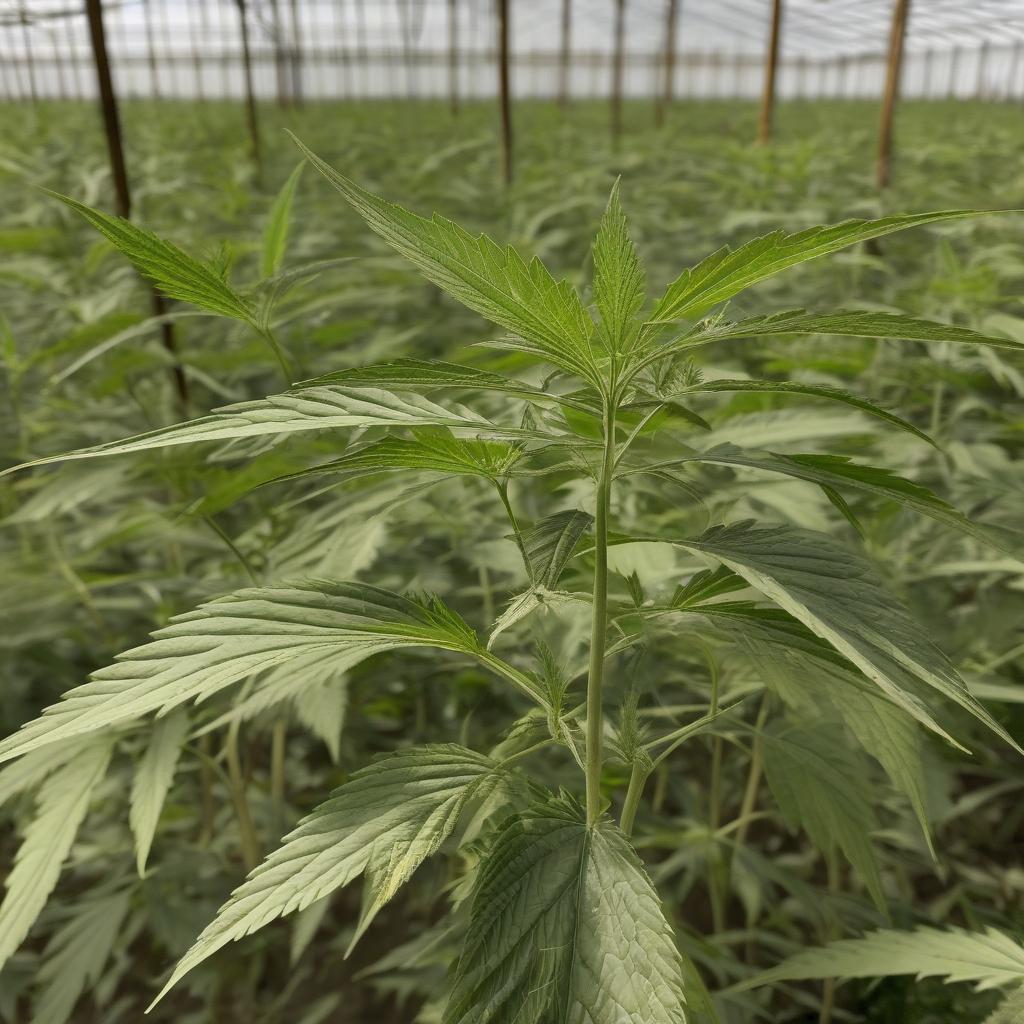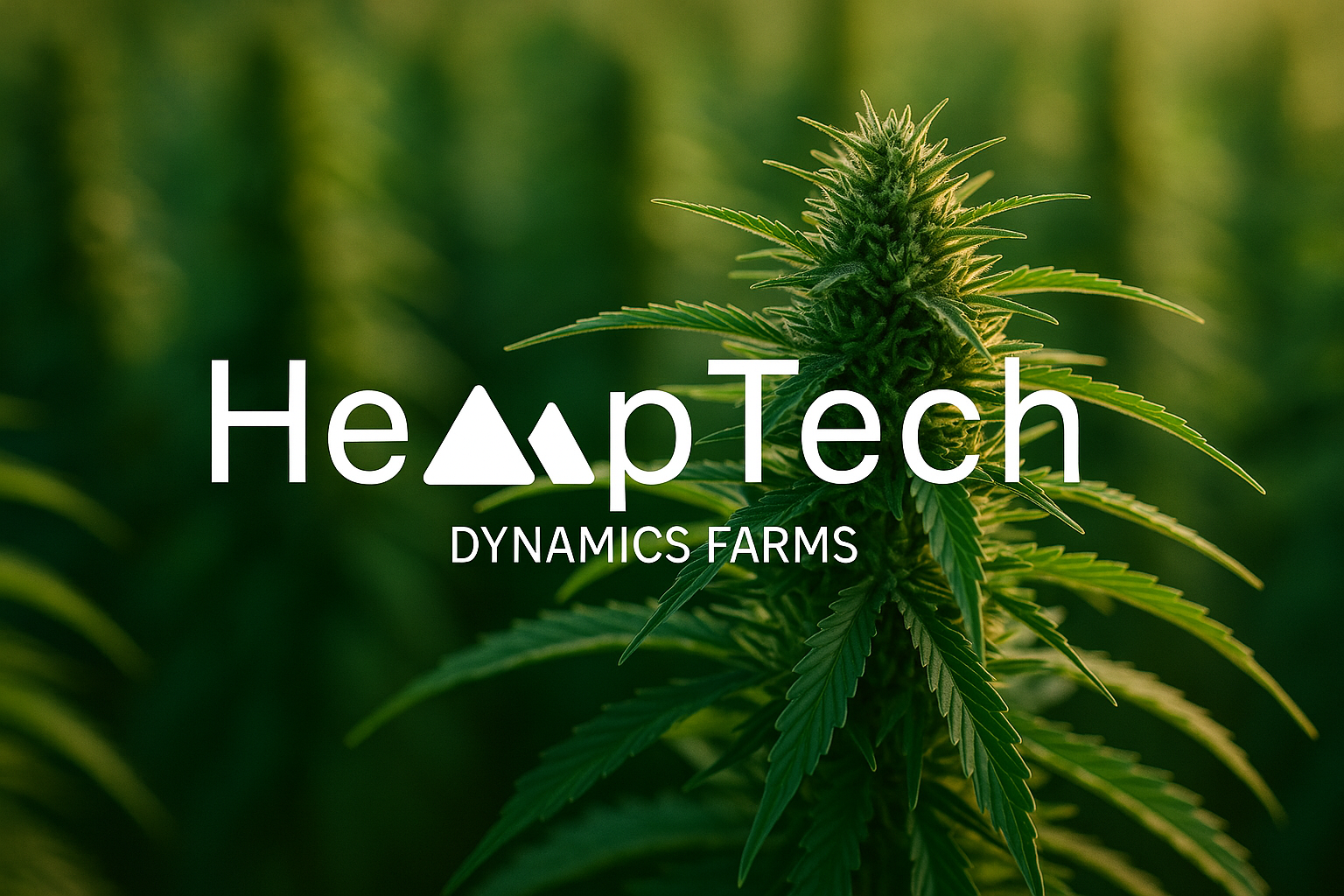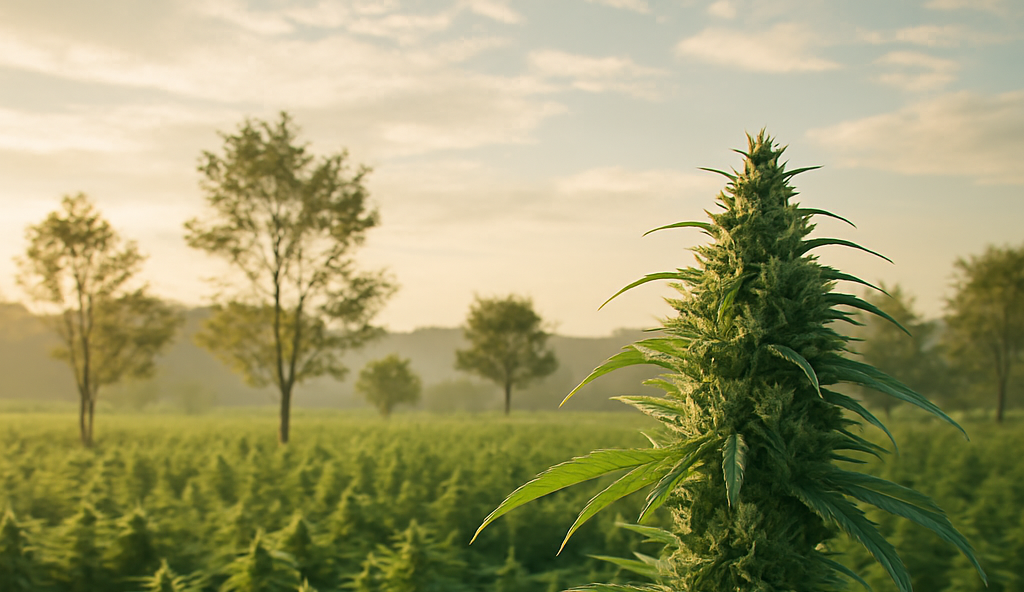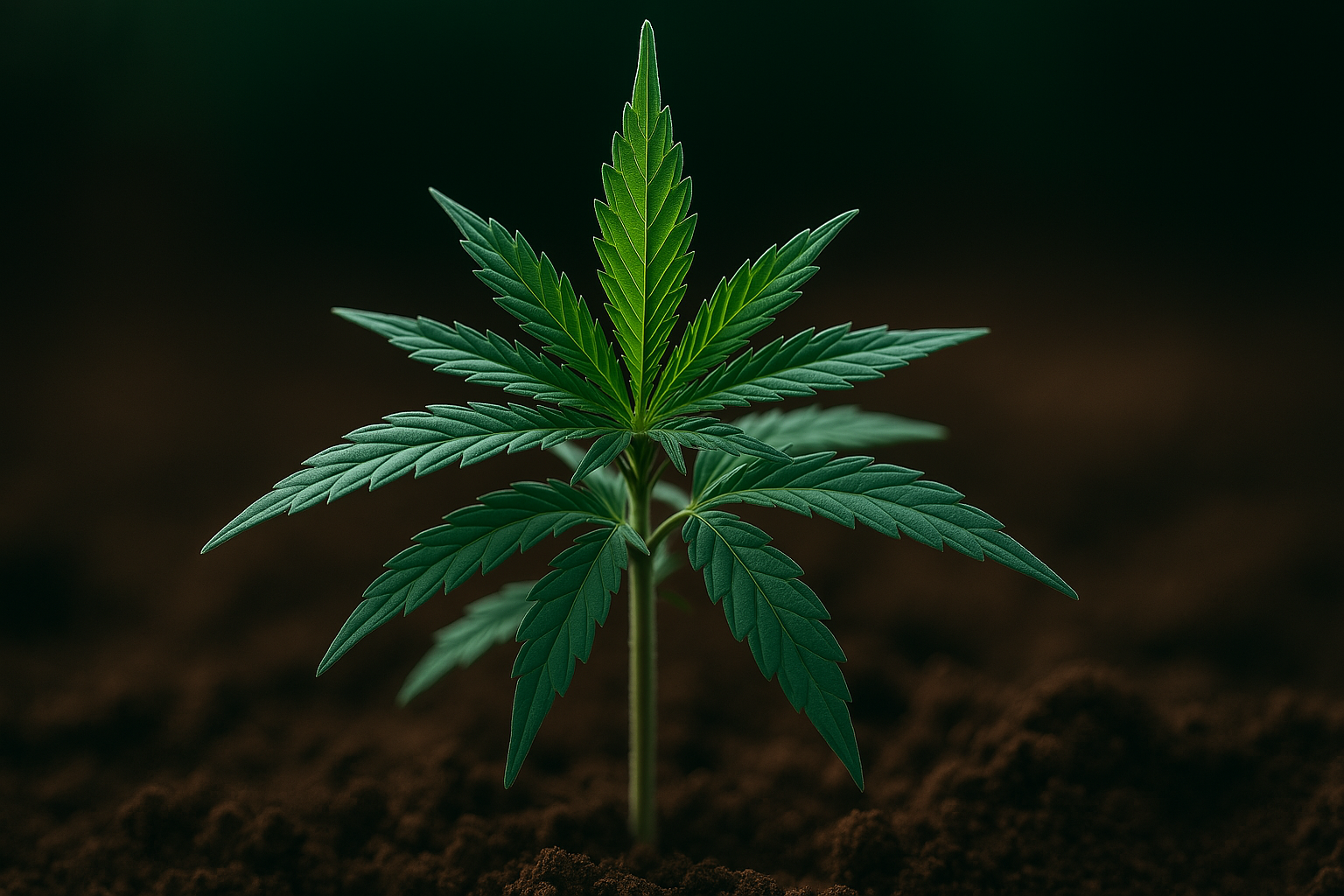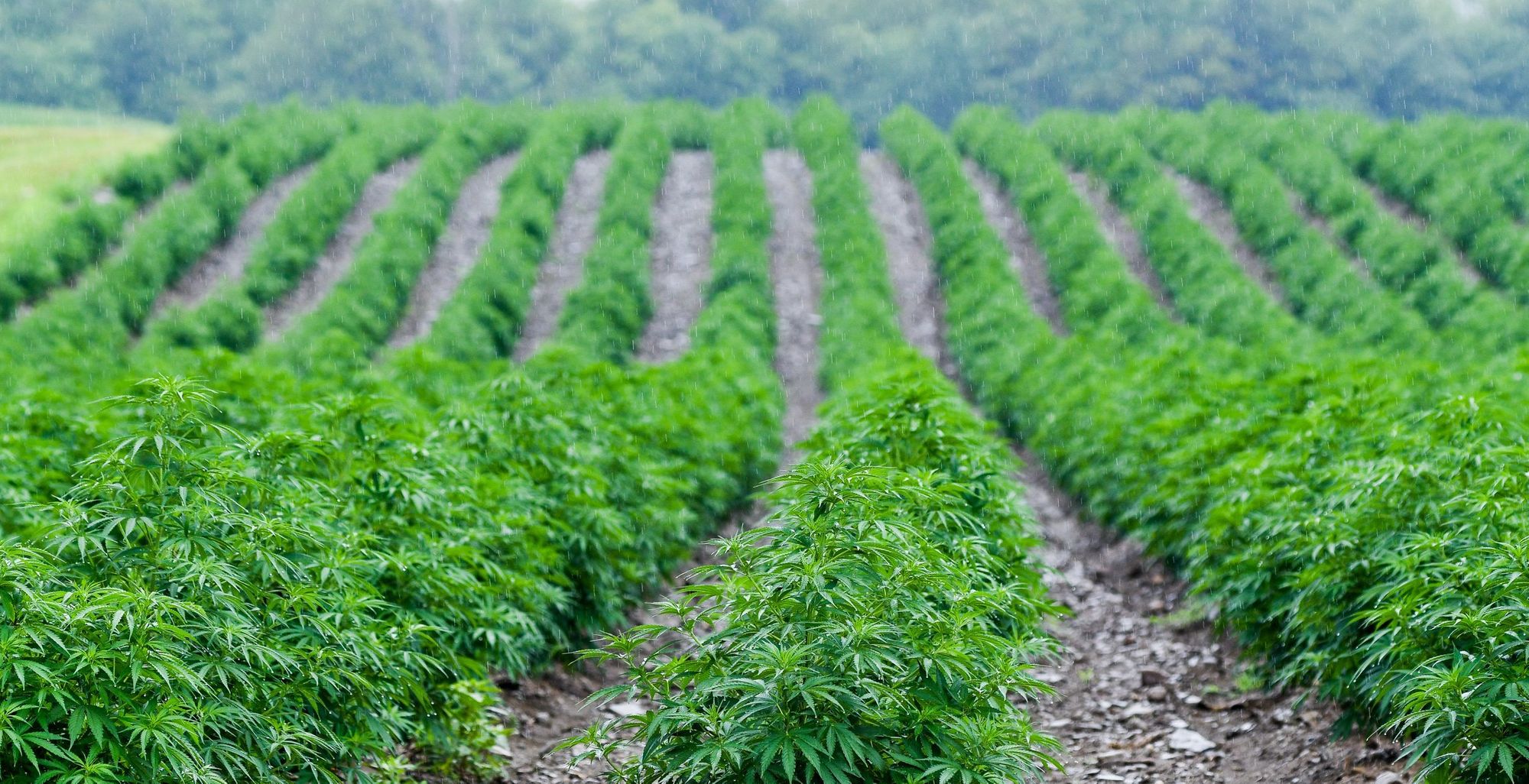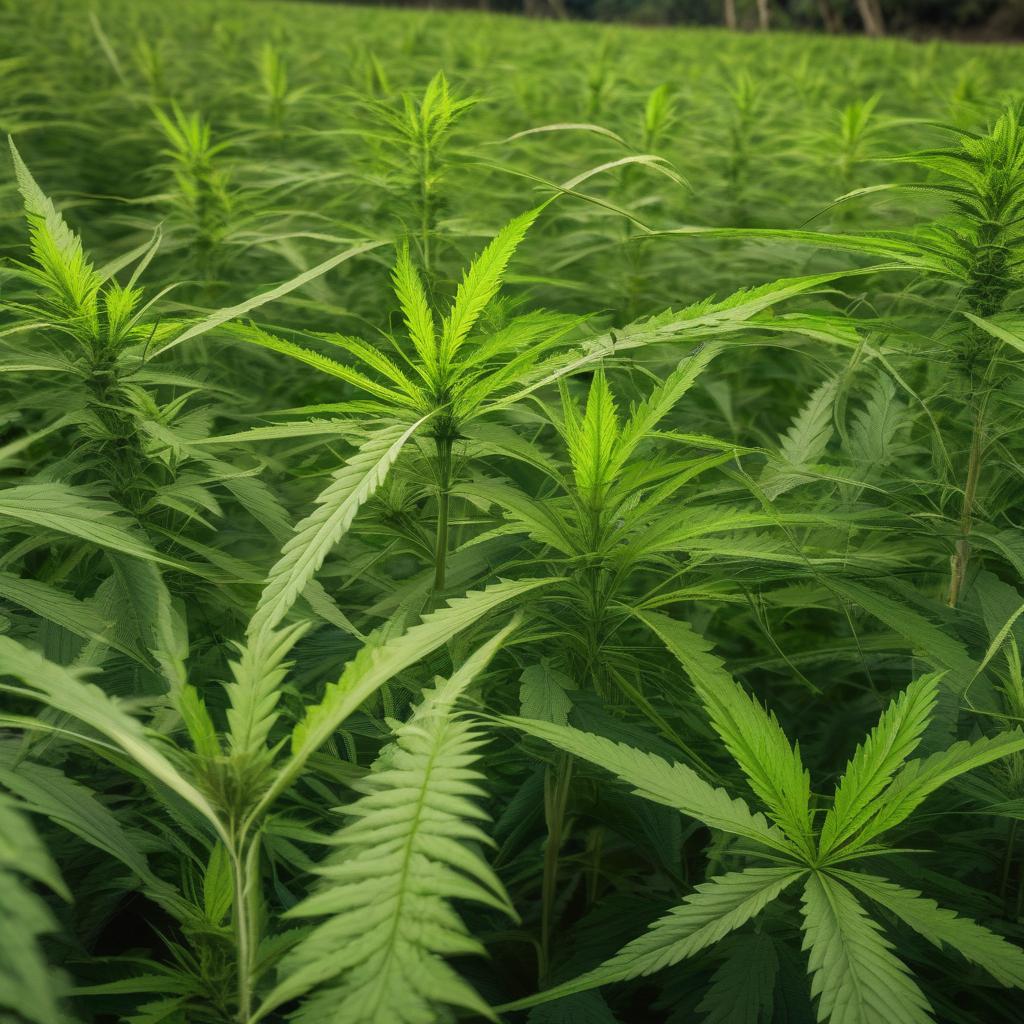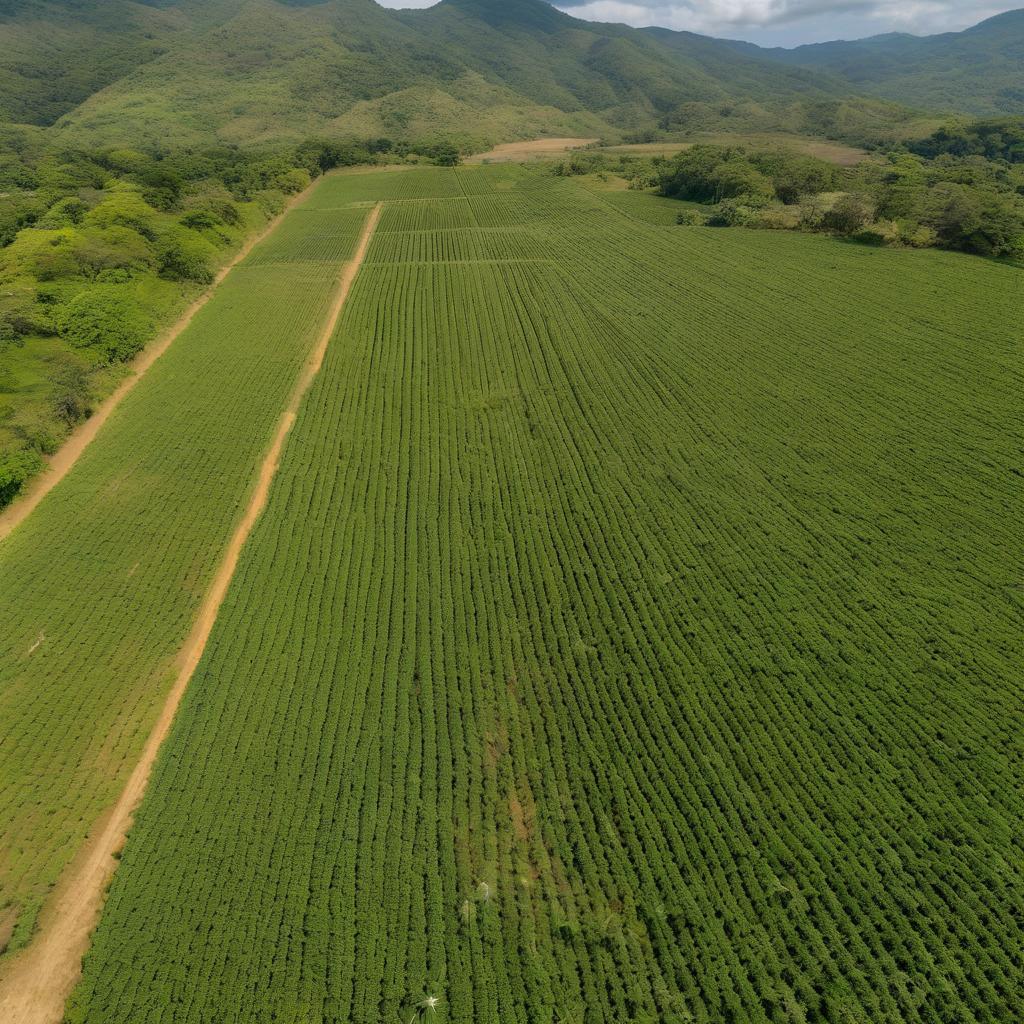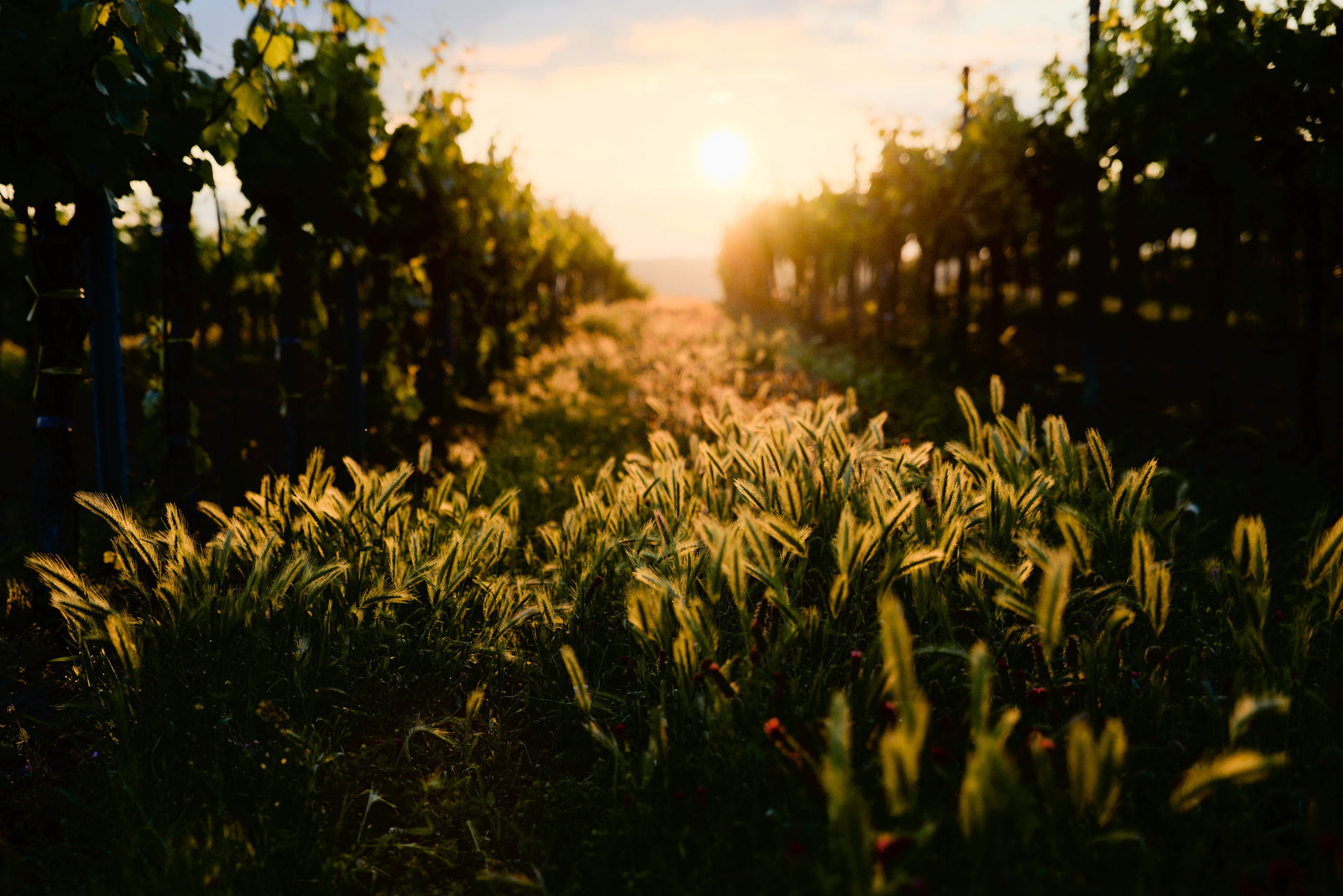Hemp Cultivation: Sustainable and High-Quality Agriculture
The cultivation of hemp (Cannabis sativa L.), has gained attention in recent decades due to its versatile applications, ranging from the manufacture of textiles and biocomposites to its use in the food and cosmetics industry. However, beyond its economic utility, hemp is also presented as a potentially sustainable crop, as long as it is managed with proper agricultural practices. In this sense, scientific research has shown that hemp can be grown organically, contributing to soil regeneration, reducing the water footprint and improving biodiversity on agricultural farms
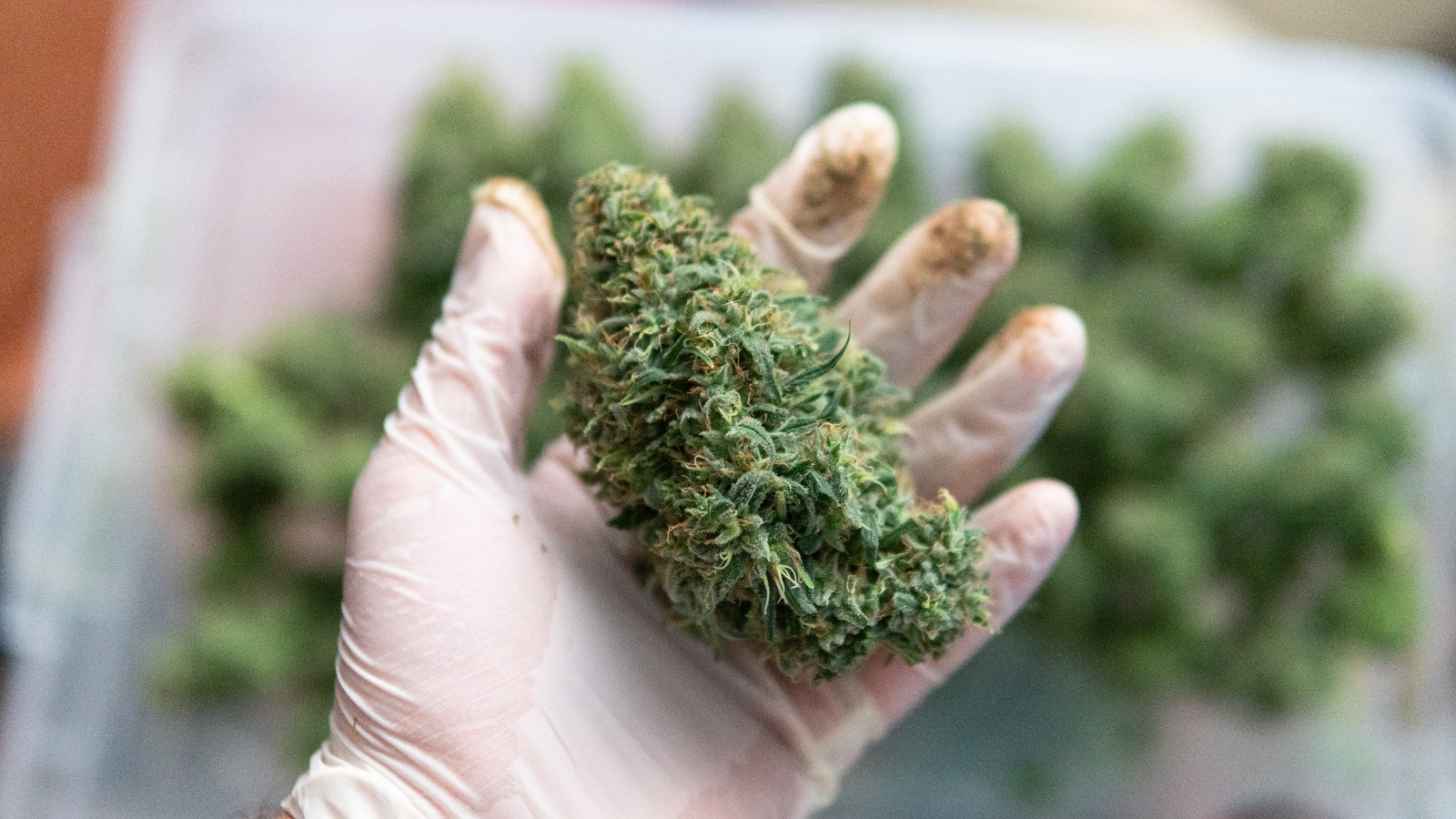
Sustainable Farming Practices
Efficient Water Use: Adapting to Tropical Climate
Costa Rica's tropical climate, which alternates between humid and dry zones, demands careful management of water resources. Although hemp requires water for growth, it is considerably more drought-resistant than other commercial crops, making it an ideal choice for areas with warm climates and well-drained soils.
One of the most effective practices for promoting sustainability in the country is the implementation of drip irrigation systems. This system allows for more precise water distribution, reducing waste and ensuring that the roots absorb the optimal amount.
Crop Rotation and Polycultures: Diversification and Soil Fertility Improvement
Hemp is a fast-growing crop that, in addition to providing a short harvest, has a positive impact on soil health. Its ability to adapt to diverse conditions makes it an excellent candidate for crop rotation practices, which help maintain soil fertility without the need for synthetic fertilizers.
Alternating hemp with crops such as legumes (e.g., beans or soybeans) can enrich the soil with nitrogen, thus promoting agricultural biodiversity.
The crops will be grown under a rotational mixed cropping scheme, ensuring that the stability and yield of the industrial hemp crops are not compromised. Thanks to its non-competitive nature, hemp can be integrated without affecting other crops. Furthermore, hemp has the biological capacity to regulate the soil, promoting the creation of beneficial microbiota and the formation of a humus layer, which, in turn, supports the growth of other crops. This approach contributes to greater fertility and a more balanced and resilient agricultural system.
Agroforestry, which combines agricultural crops with trees, is another key practice in Costa Rica. Trees not only protect the soil from erosion but also provide shade and regulate temperature, which is beneficial for both the hemp and the crops grown on the farm.
Biological Pest Control: Promoting Local Biodiversity
The use of chemical pesticides can have adverse effects on biodiversity, especially in Costa Rica's tropical ecosystems, where a wide variety of flora and fauna exists. Therefore, biological pest control is an essential strategy. Instead of resorting to chemicals, Costa Rican farmers can promote the use of natural pest predators, such as beneficial insects, and plant species that attract pollinators, such as bees and butterflies.
Studies indicate that hemp, due to its natural resistance to pests, adapts well to biological control systems. Furthermore, the use of cover crops on the margins of hemp fields can attract beneficial insects, contributing to weed control without the need for chemical herbicides.
Organic Fertilization: Reducing Environmental Footprint
Hemp does not require high levels of chemical fertilization, making organic fertilizer a more sustainable option. Farmers can leverage composted agricultural waste, animal manure, and even urban organic waste to enrich the soil, promoting a circular economy and reducing dependence on external inputs.
Various published research shows that the use of organic fertilizers, such as compost and manure, improves soil structure, increases its water retention capacity, and promotes greater microbiological biodiversity. This not only reduces the need for chemicals but also improves the overall sustainability of crops.
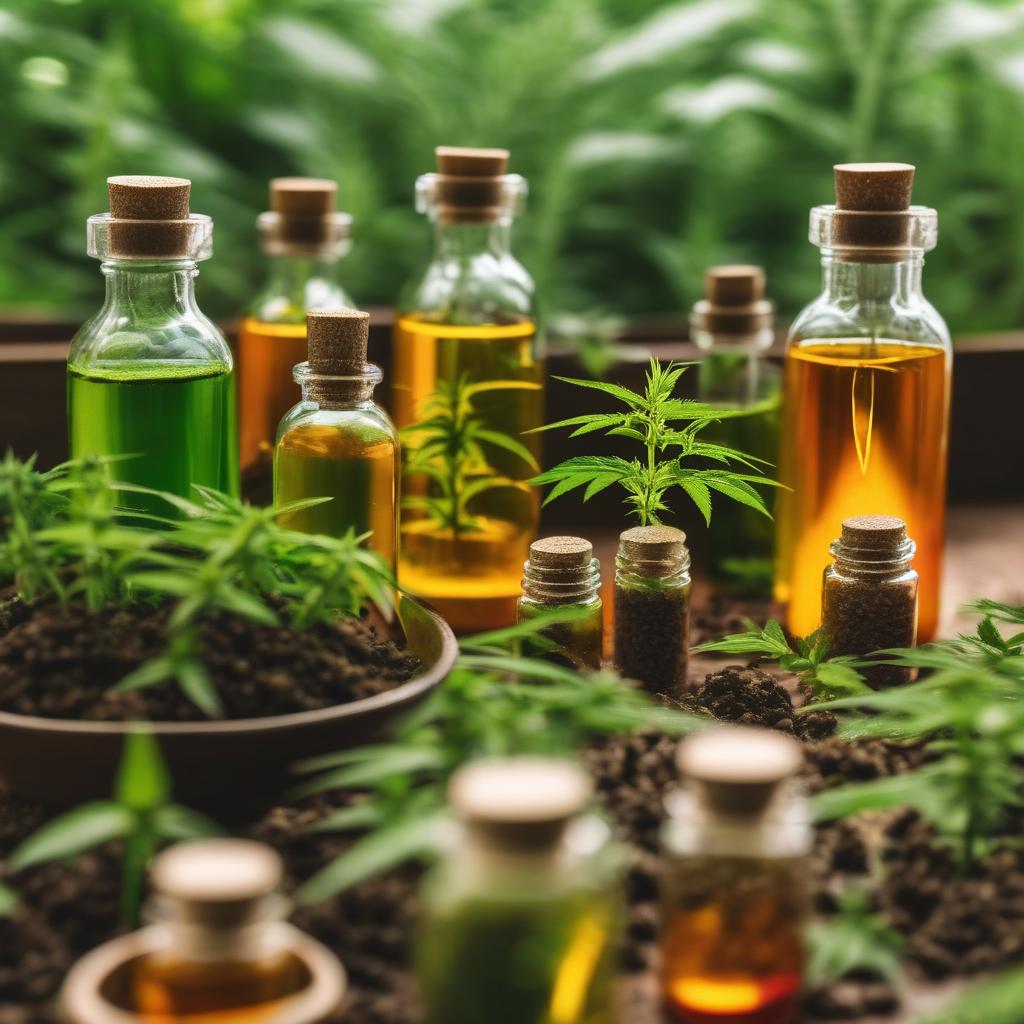
Security and Traceability
Our Mobile Pre-Extraction and Field Analysis Unit optimizes crop safety and traceability by allowing plant material to be processed directly in the crop plots. This system eliminates the risk of mishandling or diversion to unauthorized facilities, ensuring stricter control from the beginning of the process.
Key advantages in security and traceability:
- Prevention of illicit uses: By carrying out pre-extraction at the cultivation site, the risk of material being diverted for illegal purposes is significantly reduced, ensuring greater transparency and traceability throughout the production chain.
- Real-time control: The mobile unit allows for constant monitoring of plant material, ensuring that every step of the process adheres to current regulations and the highest safety standards.
- Real-time control: The mobile unit allows for constant monitoring of plant material, ensuring that every step of the process adheres to current regulations and the highest safety standards.
Research and Development (R&D): High-Efficiency Cannabis Varieties
-
High Production Efficiency Cannabis Varieties:
- According to studies conducted by INTA (National Institute of Agricultural Technology), several cannabis varieties have been identified as the most efficient in terms of dried flower production for phytocannabinoid extraction. These varieties will serve as the basis for the creation of the official state germplasm bank: CCB2020DO: 345.2 g of dried flower per plant CQD2020DO: 323.9 g of dried flower per plant
- Based on these strains, our project aims to advance Research and Development (R&D) to create our own genetics that are even more efficient, especially with regard to phytocannabinoid concentration and reduced vegetative time. The goal is to achieve yield levels similar to European and North African standards, where current varieties produce between 800g and 1,500g of dried flowers per plant.
-
Developing Your Own Variety: Flowers and Cuttings from Mother Plants:
- As part of the genetic improvement process, the project seeks to develop its own strain distinguished by its superior characteristics. Using mother plants, we can repeatedly obtain clones with the same qualities, ensuring uniformity and consistent quality with each harvest.
- Mother plants: This process allows us to replicate the same desired characteristics in each growing cycle, ensuring the continuity of the best genetic properties.
- In addition, a database of CBD genetics from various parts of the world will be included, which will expand the possibilities for genetic selection and allow for crossbreeding with high-potential strains.
-
Process of genetic improvement and development of new varieties:
- Cannabinoid Extraction and Characterization: A thorough analysis of the most concentrated cannabinoids (more than 80 types identified in the plant's resin) and terpenes (more than 140 types synthesized by the plant during its flowering cycle) will be conducted. This process aims to determine the most effective options for our genetic crosses, in order to obtain the best cannabinoid and terpene profiles.
-
Genetic crosses:
- Crosses will be carried out through forced pollination, somatic embryogenesis, and implantation of cuttings, using both native and foreign varieties with CBD genetics. This approach will allow for the development of new varieties adapted to local conditions and market demands.
-
Creation of a Germplasm Bank- Basis for Research and Development:
- A key aspect of this project is the creation of a Germplasm Bank, which will serve as a foundation for the entire R&D process in plant genetics. This bank will store somatic samples of varieties with CBD genetics, as well as certified seeds purchased in international markets.
-
Key features of the germplasm bank:
- Genetic diversity: The germplasm bank will be comprised of samples of native and foreign varieties, creating a diverse and high-value genetic repository for continuous improvement.
- Raw material for industrial crops: This bank will be a key source of cuttings and seedlings for industrial cannabis crops. It will guarantee the continuous reproduction of the best genetic characteristics, ensuring consistent yield and quality with each harvest.
- Boosting research and development: The samples stored in the bank will be essential for the development of new genetics, genetic improvement, and the development of more efficient varieties, allowing for constant progress in production quality and quantity.
- This Germplasm Bank will play a crucial role in the conservation, improvement, and perpetuation of the most efficient cannabis varieties. By ensuring the reproduction of the best genetic characteristics, it will contribute to long-term, sustainable, consistent, and high-quality production.
Types of Hemp and Their Differences
Hemp is a versatile plant that has been used for centuries in a wide variety of industries. From the manufacture of textiles to industrial and medicinal applications, hemp offers numerous possibilities. Although all hemp varieties come from the cannabis species, there are different subspecies that are grown for specific purposes, depending on their characteristics and properties.
The Cannabis genre includes three main subspecies: Cannabis sativa, Cannabis indicates and cannabis ruderalis. Each of these varieties has particular characteristics that determine its uses and applications.
- Cannabis sativa: This subspecies is the most used for industrial hemp production due to its low THC content (less than 0.2%) and its high fiber production. It is ideal for the manufacture of textile products, construction materials and biofuels.
- Cannabis Indica: although it also belongs to the Cannabis sativa species, this variety has a higher THC content, which makes it more suitable for recreational and medicinal uses. It is not commonly used in the production of industrial hemp, but is popular in the manufacture of products that seek the psychoactive effects of THC.
- Cannabis Ruderalis: This subspecies is characterized by its low THC content and its ability to flourish rapidly, regardless of light conditions. Although it is not used much in the industrial production of hemp, it crosses with other subspecies to improve the resistance of plants and accelerate their growth cycle.
